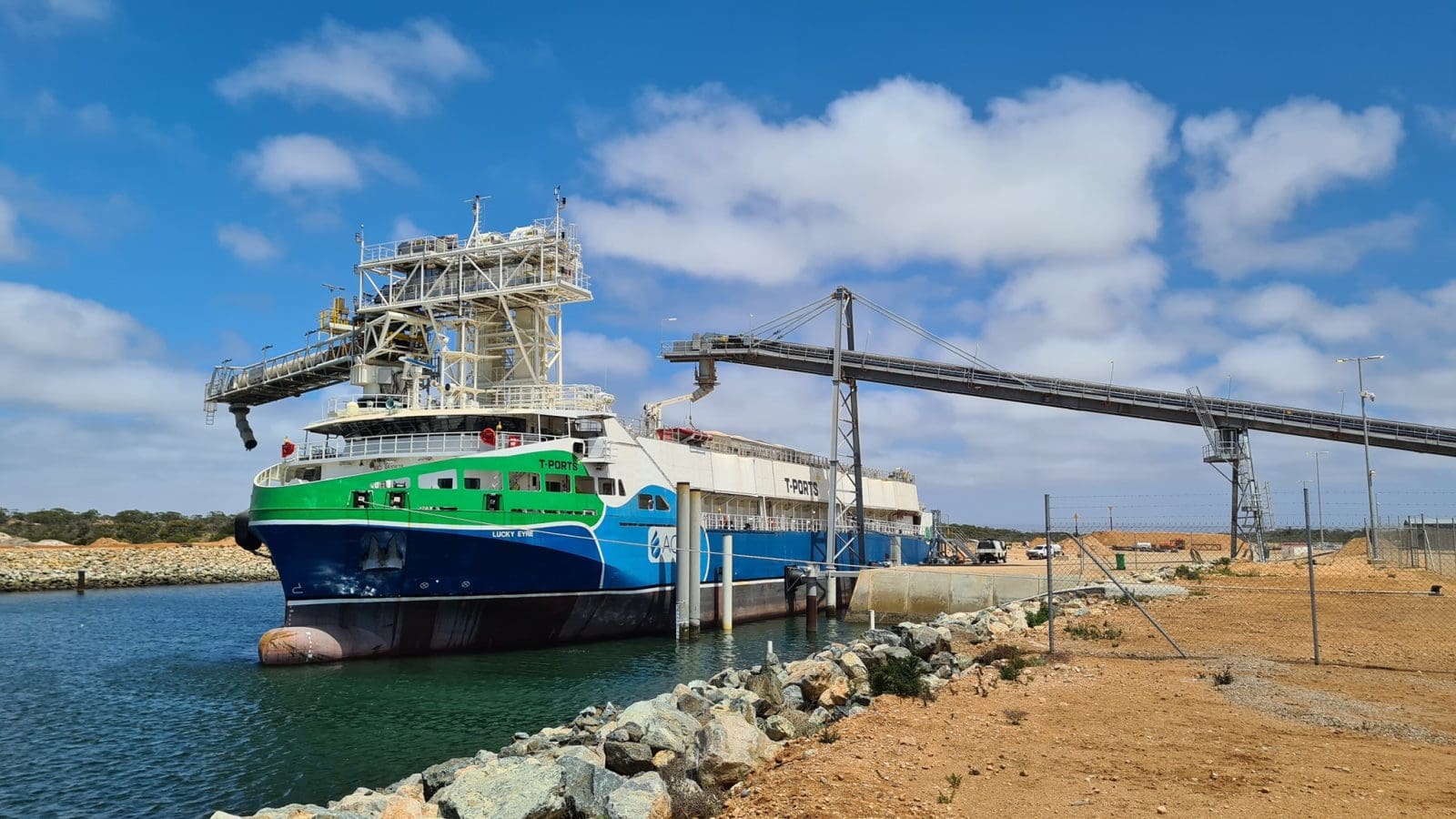Understanding the Appeal of Senior Communities
The modern concept of senior communities has evolved to become far more than just a place to live; they are thriving centers of activity created to serve the varied and dynamic needs of the senior population. Establishments such as Westminster Shores exemplify the blend of independence and community that many seniors opt for as they transition into this stage of their lives. These communities provide various levels of care—from minimal to extensive—and offer residents the security of knowing their future needs can be met without relocating.
Beyond the practicalities, there’s an undeniable allure to the friendly environment within a senior community’s walls. Entertainment, learning opportunities, and various amenities provide an ideal setting for seniors looking to enjoy their retirement years. The sense of belonging fostered by these communities can significantly impact overall life satisfaction, countering the risks of isolation and loneliness often faced by the aging population.
The Social Advantages of Community Living
The fabric of community living for seniors is woven with countless opportunities for social engagement. The focus on communal spaces and events is designed to facilitate interactions among residents, thus establishing a strong sense of community. Whether through shared meals in a dining hall, cooperative learning in workshops, or casual encounters in common areas, seniors can connect with others who share similar life experiences and interests, paving the way for enriching relationships and an active social life.
Numerous studies have documented the far-reaching benefits of social interactions for seniors. On the one hand, a busy social life has been connected to better mental health, which includes reduced stress and depressive symptoms. On the other hand, the companionship that comes from these interactions strengthens emotional well-being, providing residents with a network of invaluable support as they navigate their golden years.
Real-Life Community Impact
The effects of community living are tangible and often transformative. For instance, residents may be able to rediscover old passions or explore new hobbies, all within an encouraging and accessible community structure. Such activities keep the mind and body active and foster connections rooted in common passions, from gardening and painting to music and dance.
Take, for instance, community choir programs, which have been shown to bolster community spirit while promoting cognitive and respiratory health. Such group endeavors provide a platform for self-expression and camaraderie, emphasizing the multi-faceted nature of communal living benefits.
Navigating Health and Wellness in a Senior Community
For many seniors, the driving force behind the move to a community setting is the access to comprehensive healthcare and wellness services. On-site healthcare professionals, emergency response systems, and partnerships with hospitals and medical facilities ensure that residents’ health needs are promptly and efficiently addressed. Wellness programs focusing on fitness, nutrition, and mental health activities are the building blocks of preventive healthcare in a community setting. These initiatives help maintain physical health and empower residents to lead a proactive lifestyle regarding their well-being.
Many communities offer personalized care plans that reflect an understanding of each resident’s unique health journey. With wellness and exercise classes tailored to various fitness levels, residents can find activities that fit their abilities and improve their strength, balance, and flexibility, which are crucial for maintaining independence.
Meal Plans and Nutrition: Eating Well in a Community Setting
The importance of nutrition must be considered when it comes to senior health. Many senior communities make concerted efforts to ensure their residents can access delicious and nutritionally balanced meals. Dining programs often highlight community living, serving as social gatherings and opportunities to partake in well-crafted menus. Offering a selection of diet options—from heart-healthy to diabetic-friendly—these meal plans are vital to maintaining optimal health, catering to the special dietary needs that can arise with age.
Culinary staff in these communities are typically well-trained and sensitive to their older clientele’s changing tastes and dietary needs. By working closely with nutritionists and dietitians, they strive to create meals that prioritize health without sacrificing flavor, ensuring that dining remains a pleasure rather than merely a nutritional necessity.
Maintaining Independence While Accessing Support
Central to the philosophy of senior community living is the principle of independence with a safety net. Residents are encouraged to live their day-to-day lives with autonomy, only turning to support services when needed. This flexible approach allows for customized living experiences where individual preferences and capabilities are honored. Services such as housekeeping, laundry, and assistance with activities of daily living are available. They can be availed as desired, striking a healthy balance that honors the dignity and freedom of each resident.
The availability of these support services means that seniors do not need to depend on family or friends for assistance with routine matters, which can strengthen feelings of independence and self-sufficiency. As their needs evolve, the community can scale support accordingly, ensuring that each person’s living situation aligns with their current lifestyle and health status.
Leisure and Recreation: The Cornerstone of an Active Lifestyle
Recreational pursuits are amenities in senior communities and integral to resident satisfaction and well-being. A robust schedule of recreational activities ensures that there is always something to engage with, whether for relaxation or invigoration. From aquatic exercise in temperature-controlled pools to group outings to cultural events and local attractions, residents can engage in activities that promote physical health, mental clarity, and social interaction.
These programmed activities cater to current interests and introduce residents to new experiences that might become cherished hobbies. The range of options means that every resident can find something that aligns with their preferences, contributing to an environment where energy and enthusiasm for life are regularly renewed.
Financial Considerations of Joining a Senior Community
Transitioning into a senior living community often requires a detailed financial plan. The spectrum of costs associated with different types of senior living options—from independent living to full-time care—is a crucial factor that must be carefully considered. It is advised that prospective residents and their families look into financial options like VA benefits, long-term care insurance, or different payment plans provided by the communities.
Understanding these costs upfront can alleviate stress and allow seniors to enjoy the full range of services and activities without concern. Communities often provide financial counselors or advisors who can assist with navigating the options, ensuring transparency throughout the decision-making process, and securing a financial plan that aligns with the resident’s lifestyle and budget.
Safety and Security Measures in Community Living Spaces
Ensuring residents feel safe in their living environment is of utmost priority within senior communities. Protocols tailored to mitigate risks and staff trained in emergency response create a living space where safety concerns are addressed proactively. The safety measures cater to physical security and health emergencies, with many communities offering access to medical alert systems and 24-hour staff availability.
With secure entry systems, well-lit walkways, and other modern safety features, residents can feel secure in their homes. This strong emphasis on safety standards can lead to a more relaxed and worry-free lifestyle, where the day’s focus can be on enrichment and enjoyment rather than concern for personal security.
Transitioning to Community Living: What to Expect
Moving into a senior community represents a significant lifestyle shift, often accompanied by anticipation and, at times, apprehension. Many communities provide resources and support services to assist new residents to facilitate a smooth transition. From downsizing guidance to orientation programs, these resources aim to ease the emotional and physical aspects of the move.
New residents find solace in these stepping stones towards acclimation. In addition to the structured assistance, the welcoming nature of established community members often plays a crucial role in integrating newcomers. This embracing atmosphere helps to quell any initial discomfort and reinforces the community’s foundational sense of belonging and togetherness.
Conclusion: Making the Decision for Community Living
As seniors contemplate the move to a community living environment, there’s much to consider, from health and wellness programs to social opportunities and financial planning. But with careful consideration, the decision to join these supportive and lively communities can herald the beginning of an enriching and comfortable new chapter in life, with reassurance in the knowledge that one’s evolving needs will be met with care and respect.
Ultimately, seniors and their families can turn to these communities not just for services and care but also for peace of mind. The transition to community living promises a vibrant and engaged lifestyle, offering a fulfilling path for those seeking a balanced blend of independence and shared experiences in their later years. Further research and consideration of the unique benefits of senior living can guide seniors and their family members in decision-making.

 Life style5 months ago
Life style5 months ago
 Life style6 months ago
Life style6 months ago
 Apps5 months ago
Apps5 months ago
 Business5 months ago
Business5 months ago
 News6 months ago
News6 months ago
 Life style5 months ago
Life style5 months ago
 Fashion5 months ago
Fashion5 months ago
 Business4 months ago
Business4 months ago



